A Beginner’s Guide to Growing Gorgeous Streptocarpus Plants
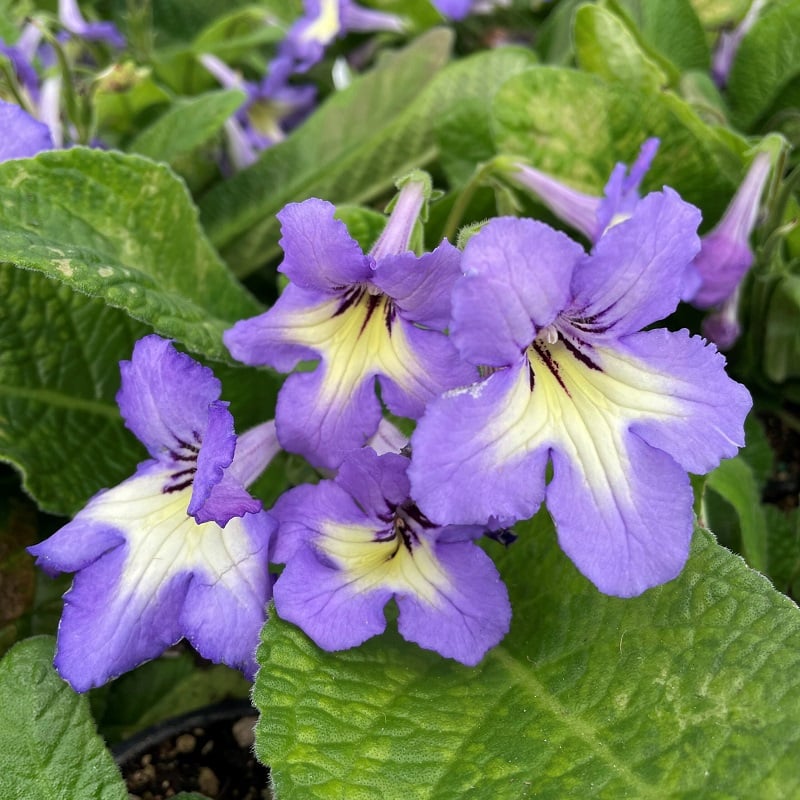
Table of Contents
Streptocarpus are among the widely grown indoor plants as they resemble African violets and are very pretty and catch everyone’s attention. They increase the beauty of the place wherever they are grown.
Commonly known as cape primrose, Streptocarpus is a native species of Madagascar.
Unlike the African violets, cape primrose is easy to cultivate and doesn’t require much attention. This makes it highly recommendable to be used as an indoor plant. Their price is also reasonable.
Various varieties of cape primrose are available, and all have different flowering seasons. While some flower for some part of the year, others bloom during the year. The colour of the flowers can be red, white, blue, purple, etc., depending upon the type of plant you have cultivated.
Propagation of Cape Primrose
Propagation of Cape Primrose is an easy process. Here are the two ways by which we can grow a new cape primrose from an existing plant
1. By Using Leaves
This propagation technique is useful in spring or at the beginning of the summer season.
When opting for leaf propagation to grow a new plant, you need to select a healthy leaf, free from any diseases and then cut it from the parent plant.
Cut the leaf properly with the help of a sharp object like a scissor, blade, or knife, and then wash it properly. When cut, the leaf should have a small part of the stem attached to it.
After washing it, cut the leaf into 3-4 parts and place it into a pot or tray filled with multi-purpose compost. This compost contains all the necessary supplements to support the growth of new offspring.
The leaves should be placed so that the tip of the leaves is exposed to the air.
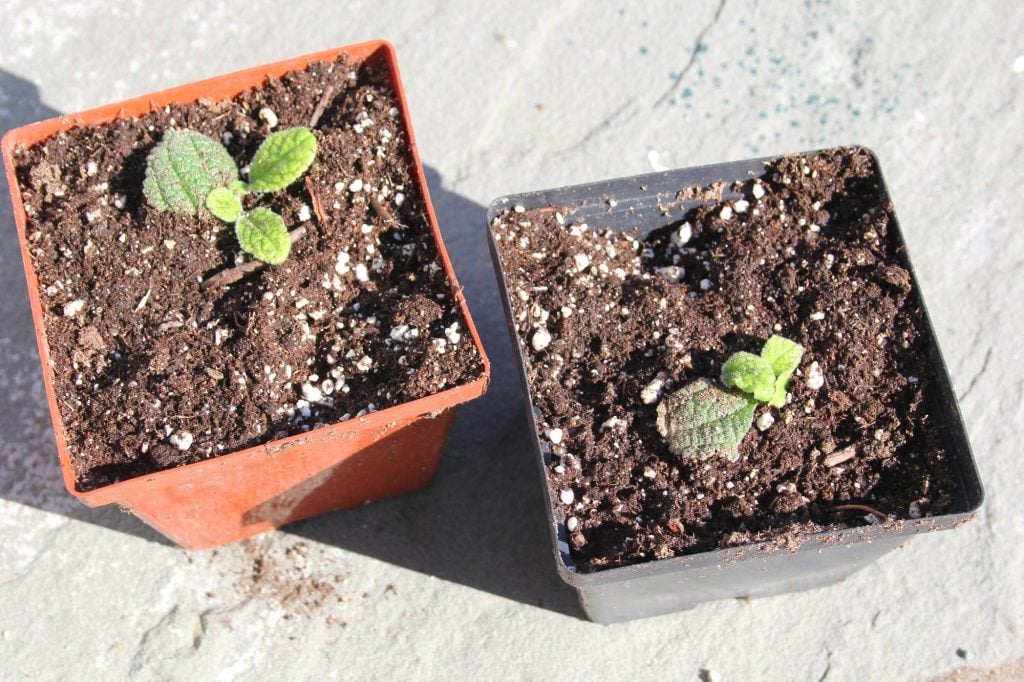
If the leaf is completely immersed in the compost, then the leaves won’t be able to receive sunlight, and all the efforts will go in vain.
Now, water the leaves with the appropriate amount of water and cover them with plastic bags. It is important to cover the leaves with plastic bags to retain humidity.
Keep the tray or the pot in which you have planted the leaves in mild sunlight, and after 6-8 weeks, new leaves will start growing from the parent leaves.
Once the new plants have sprouted, you can isolate the new plants from each other, and the cape primrose is all set to be grown.
Be very careful while isolating the plants, and do not isolate the baby plant from its parent leaf, or else the plant won’t be able to survive.
2. Seeds
Propagation of Cape Primrose with seed is a very simple technique, and as compared to leaf propagation, it is less complex.
All you need are seeds of the Cape Primrose you want to cultivate.
Sow the seeds in compost fill and prevent moisture from escaping using a suitable method. For example, you can use plastic bags.
Once these seeds sprout, you can place them in separate pots.
The temperature should be maintained at 70-75 F while growing these seeds.
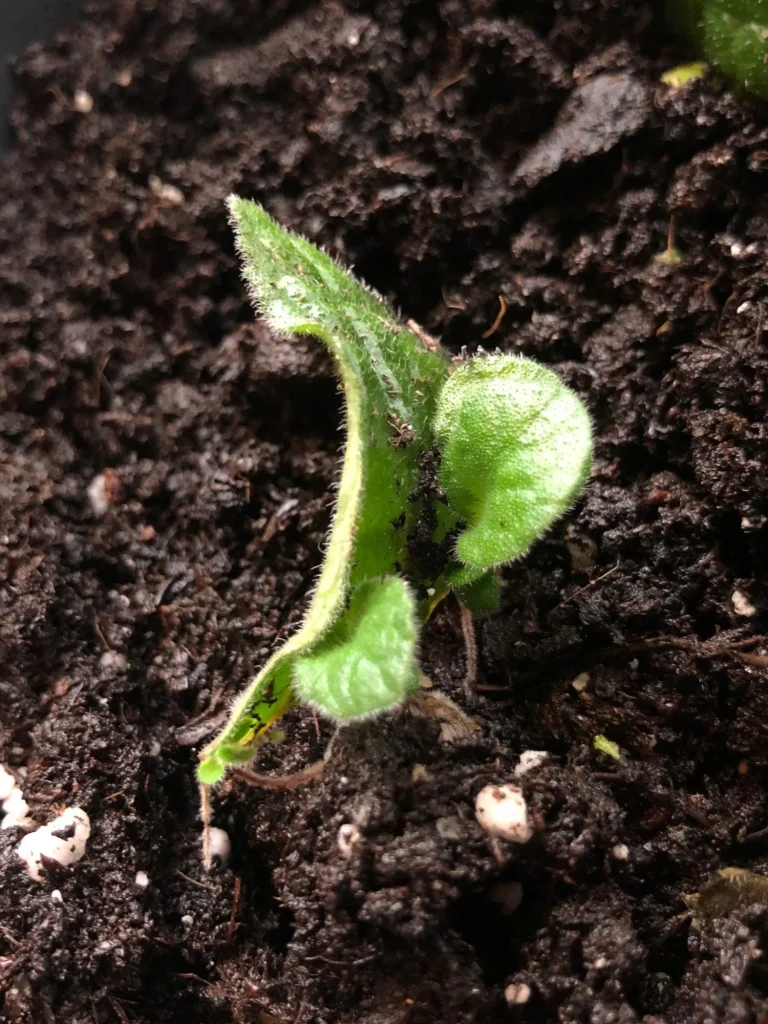
Germination occurs within two weeks after the sowing of the seeds, and flowers usually bloom after 16-20 weeks. This process is fast compared to leaf propagation, and the success rate is also high. If you don’t want to cultivate your cape primrose using the above-mentioned methods, you can purchase them from the nursery or an online retailer.
Tips to Care for The Cape Primrose
It is equally important to take of our plant once it has been cultivated. By taking small precautions, we can ensure that our plant is healthy and free from any diseases. Following are the few most important things that should be kept in mind while taking care of your baby plant
1. Keep Them Away from The Sunlight
For the proper growth of your Cape Primrose plant, always ensure it is not directly exposed to sunlight. Keep them in a place where they receive sunlight but are not in direct contact with sunlight.
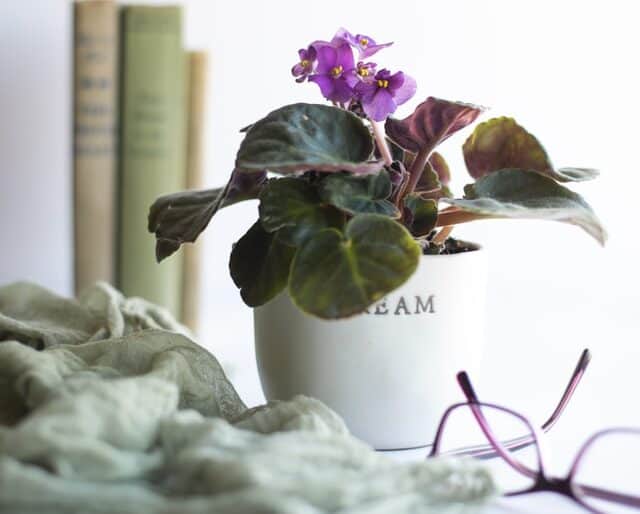
Plants should be kept in the south direction as in that position, they get the appropriate amount of sunlight and are protected from excessive sunlight exposure.
2. Temperature of The Surroundings
Cape primrose blooms in a cold environment. The temperature favourable for cape primrose growth is 7-7 feranhiet during the day and up to 10 degrees cooler as the night falls.

If the leaves of Cape Primrose have turned brown, then that means that the plant has been exposed to too much sunlight. Wilting of the leaves is also a side effect of the high temperature of the surroundings.
3. Water
This is the most critical thing that requires the maximum attention. Cape primrose plants die when they are fed with ample water. Ensure your plant receives the exact amount of water to ensure its survival. If the plant is watered with an excessive amount of water, the leaves rot.
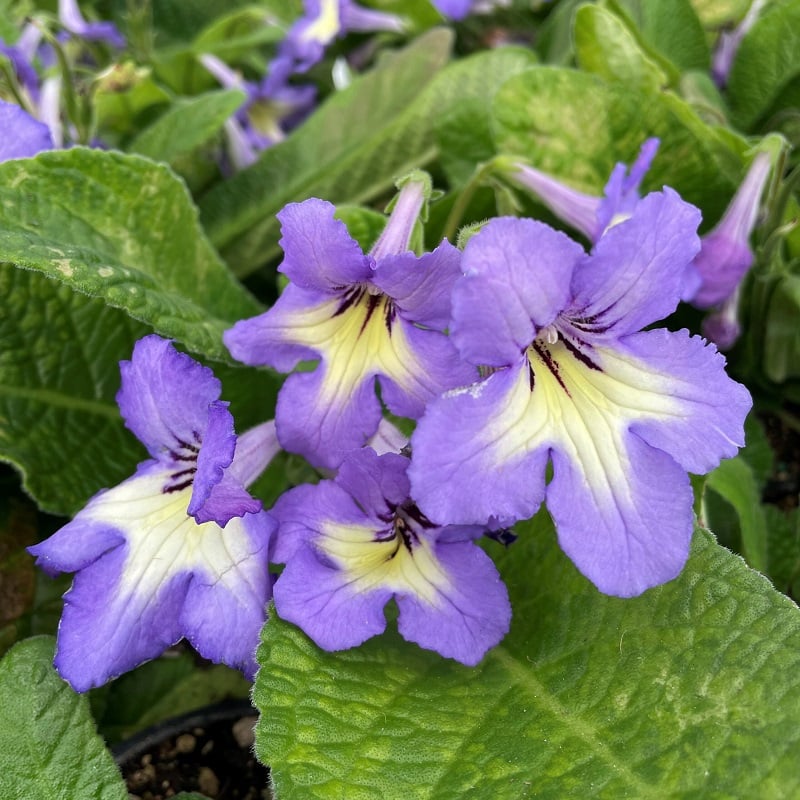
In contrast, when the plant is not watered well, its leaves wilt. Hence, it is always imperative to water the plant with the exact amount. When you water the plant, keep a check on the water level. Water logging and deficiency of water are not favourable for the growth of the cape primrose plant.
4. Drainage Conditions
A path should be provided in the pot from where the extra water can drain out of the plants. Otherwise, the plant might die.
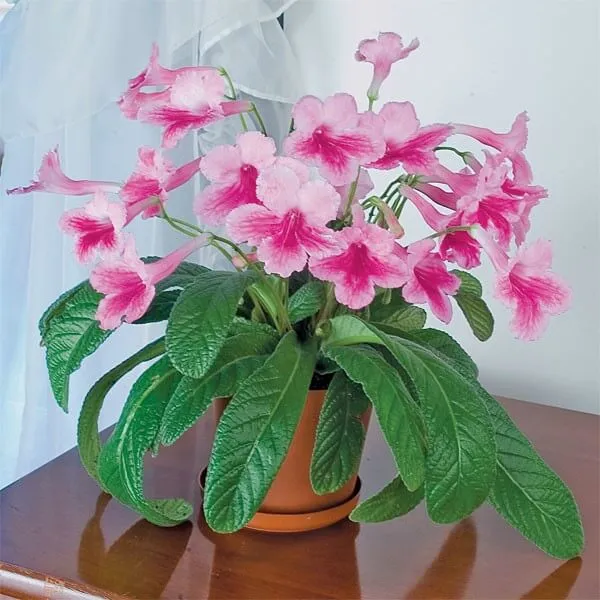
Rotting the leaves indicates that water clogging occurs, and the excess water cannot drain.
6. Soil
For Cape Primrose to flourish in a new environment, you should ensure that the soil is similar to the parent plant it is cultivated. If the conditions aren’t similar, the plant might not survive.
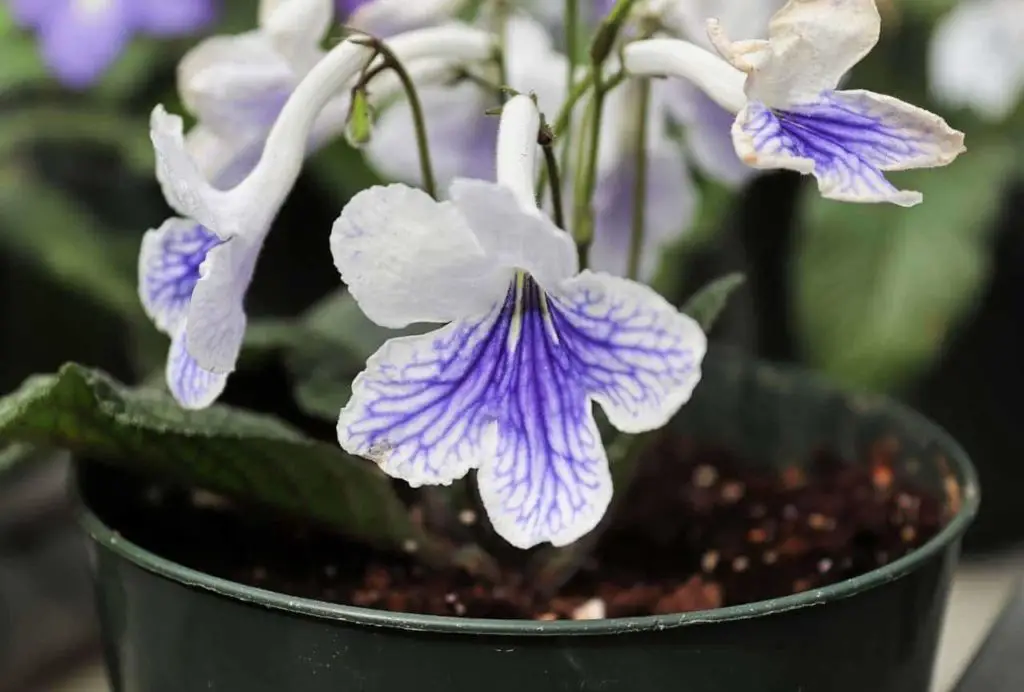
The soil should contain enough nutrients that aid the growth of the cape primrose plant. The use of nutritious soil means more flowers in your plant.
7. Trimming of The Leaves
The plant should be trimmed regularly so that dead leaves and leaves infected by insects or diseases are removed and won’t hinder the plant’s growth. Special attention should be given to trimming the leaves during the flowering as in this season, if the dead leaves aren’t removed, they can interfere with the growth of the flowers.
These leaves can be trimmed using leaf-trimming scissors.
8. Feeding
You can feed them potash-rich fertilisers for the proper growth of plants. Don’t overfeed, as it can kill the plants. Cape primrose doesn’t require any feeding during the winter season.
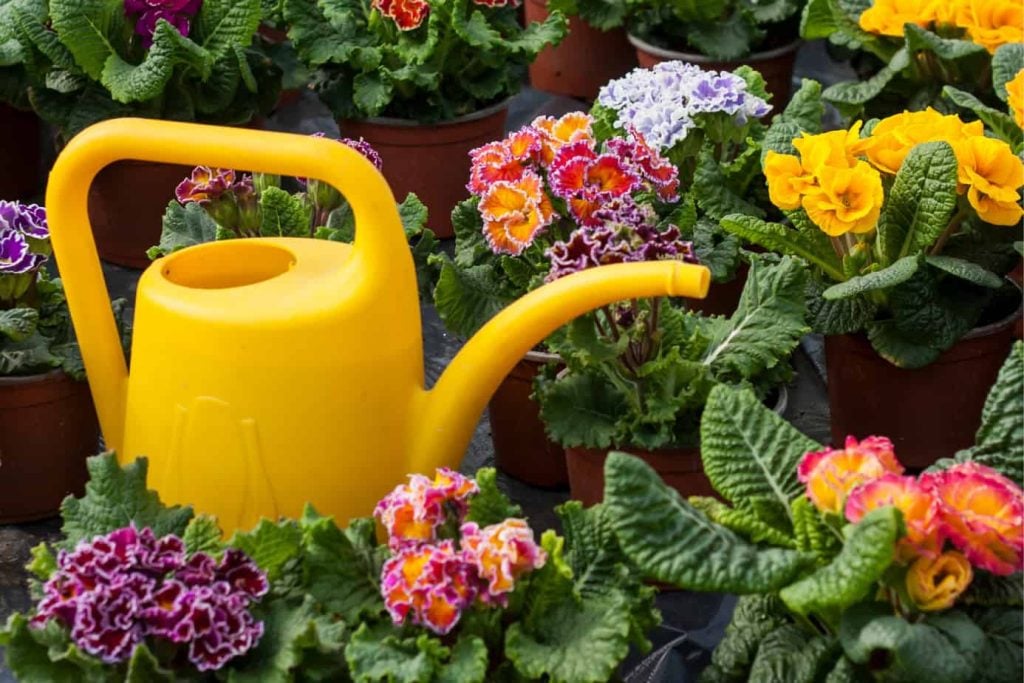
In addition, make sure the fertilizer contains enough potash. It is advisable to consult an expert before feeding potash to your plant.
9. Size of The Pot
The pot size should be small, as Cape primroses are tiny plants and don’t require large pots. Planting them in small pots is also helpful as it ensures that the soil has enough moisture required by the plant.
10. Humidity Levels
Cape primroses are humidity-friendly plants and therefore bloom in places with high humidity. So placing them in a place with high humidity will assist the plant’s growth. For example, placing these plants near the bathroom or kitchen can be helpful.
By following all the above steps and taking the necessary precautions, you can easily propagate a new cape primrose plant and make it bloom. This will enhance the beauty of your house and attract everyone’s attention at the same time.
Conclusion
The Cape Primrose, or Streptocarpus as it is known in other parts of the world, is an easy plant to propagate, either from its leaves or from its seeds.In the process of propagating the plant, you need to ensure all the conditions are met for it to bloom. Once a plant has successfully been propagated, it is important to take proper care of it and provide it with everything it requires in the correct amount to live a long life.

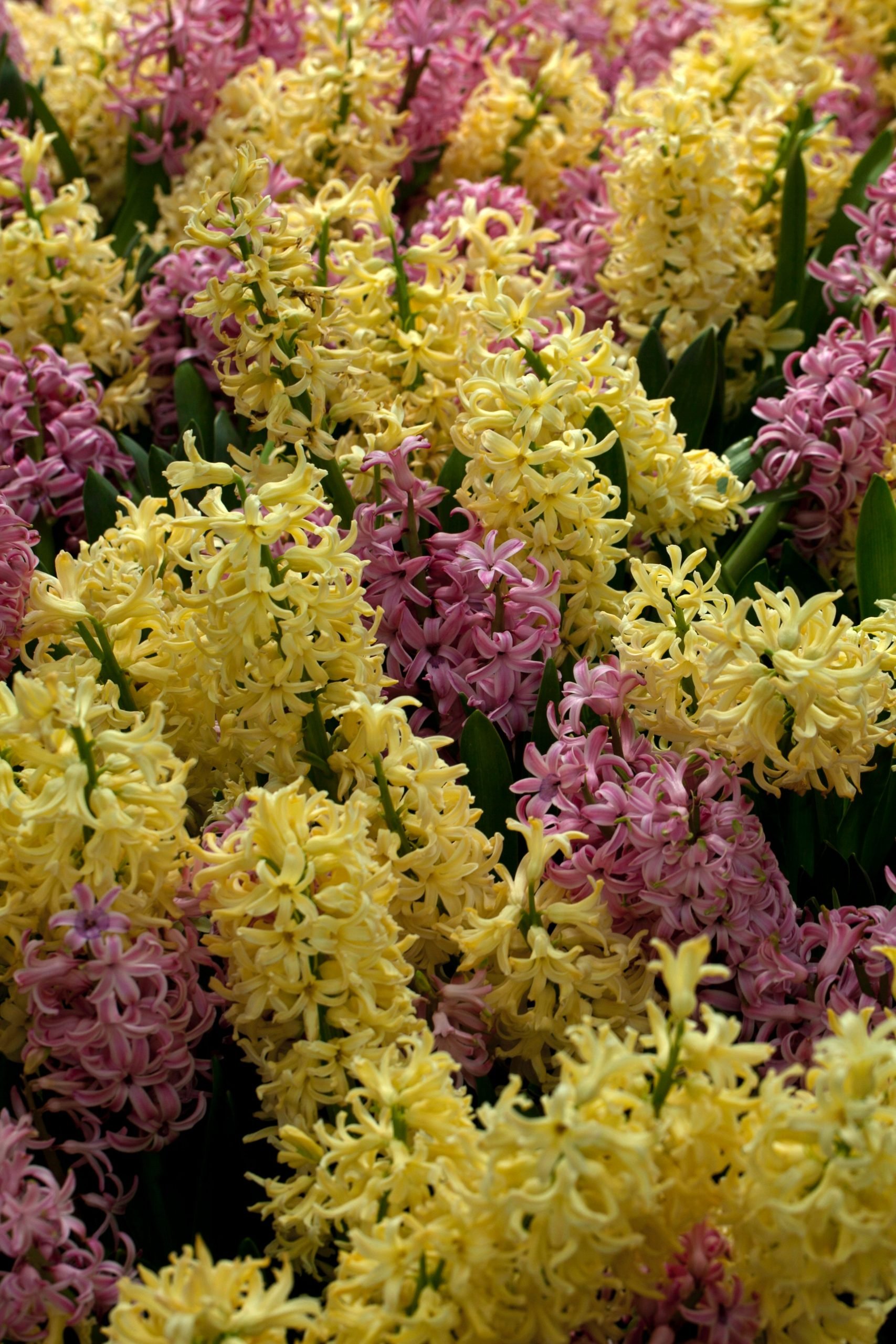
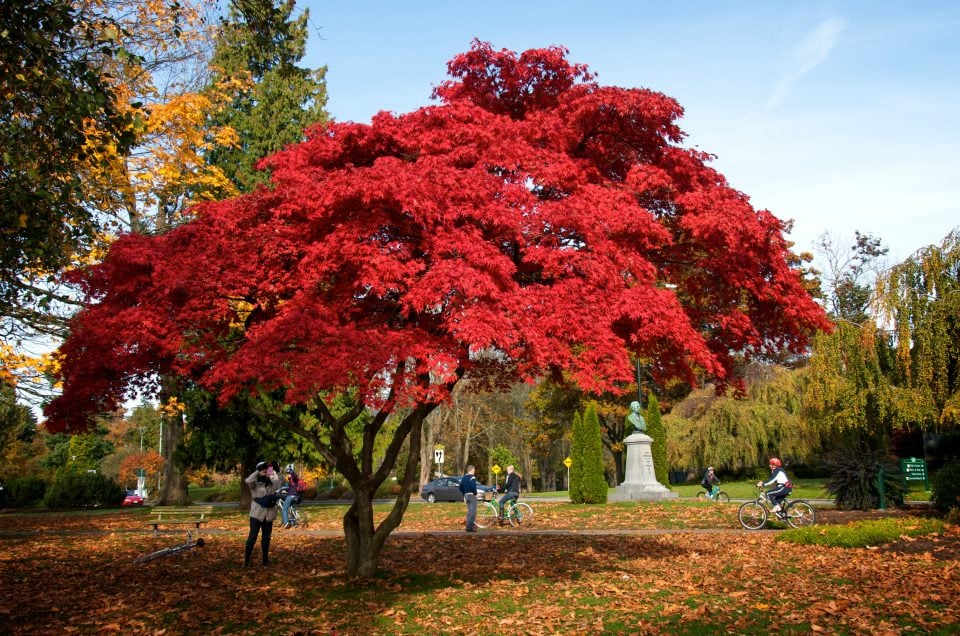
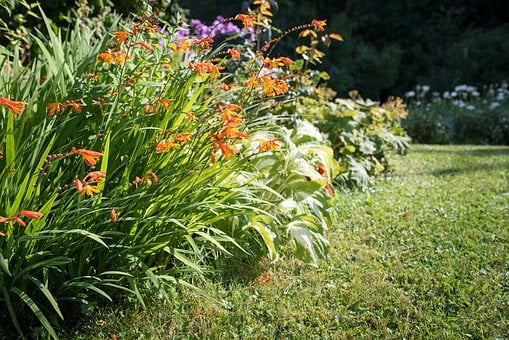
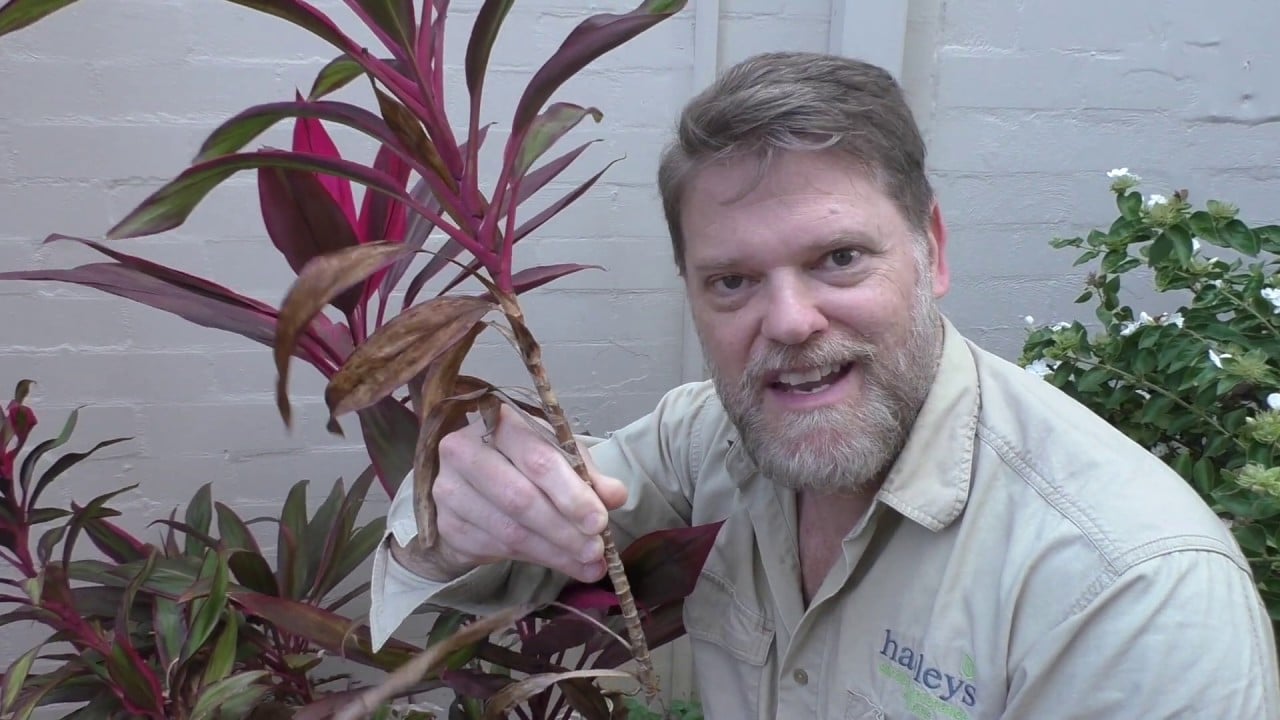
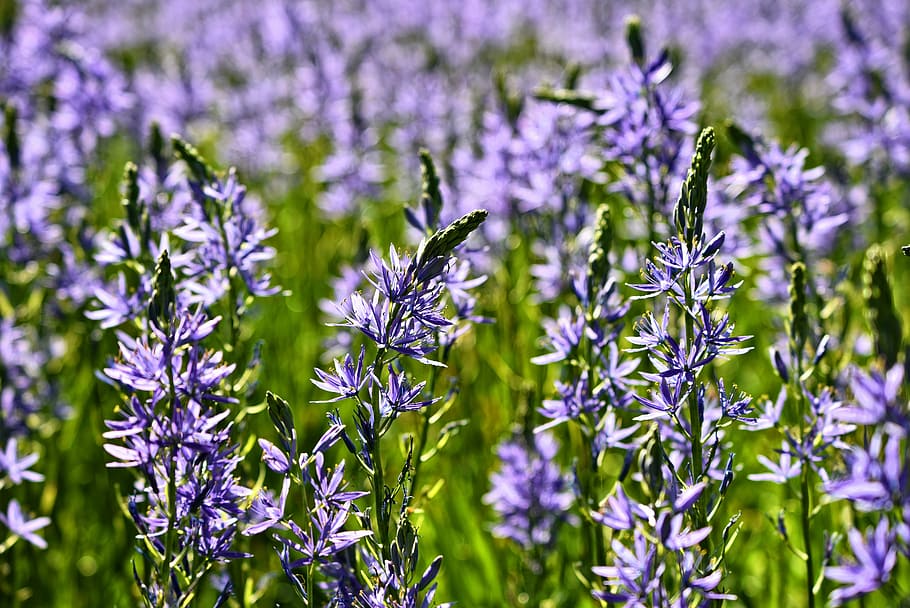
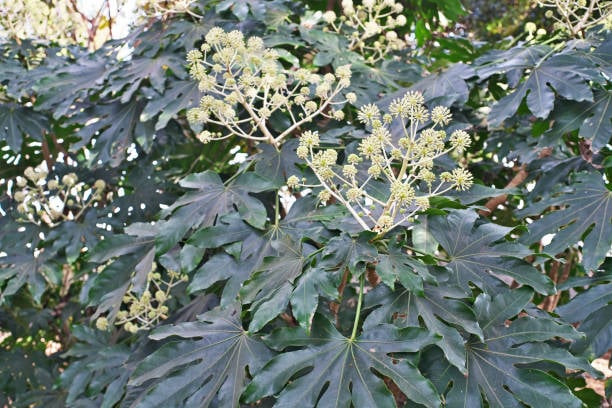
One Comment